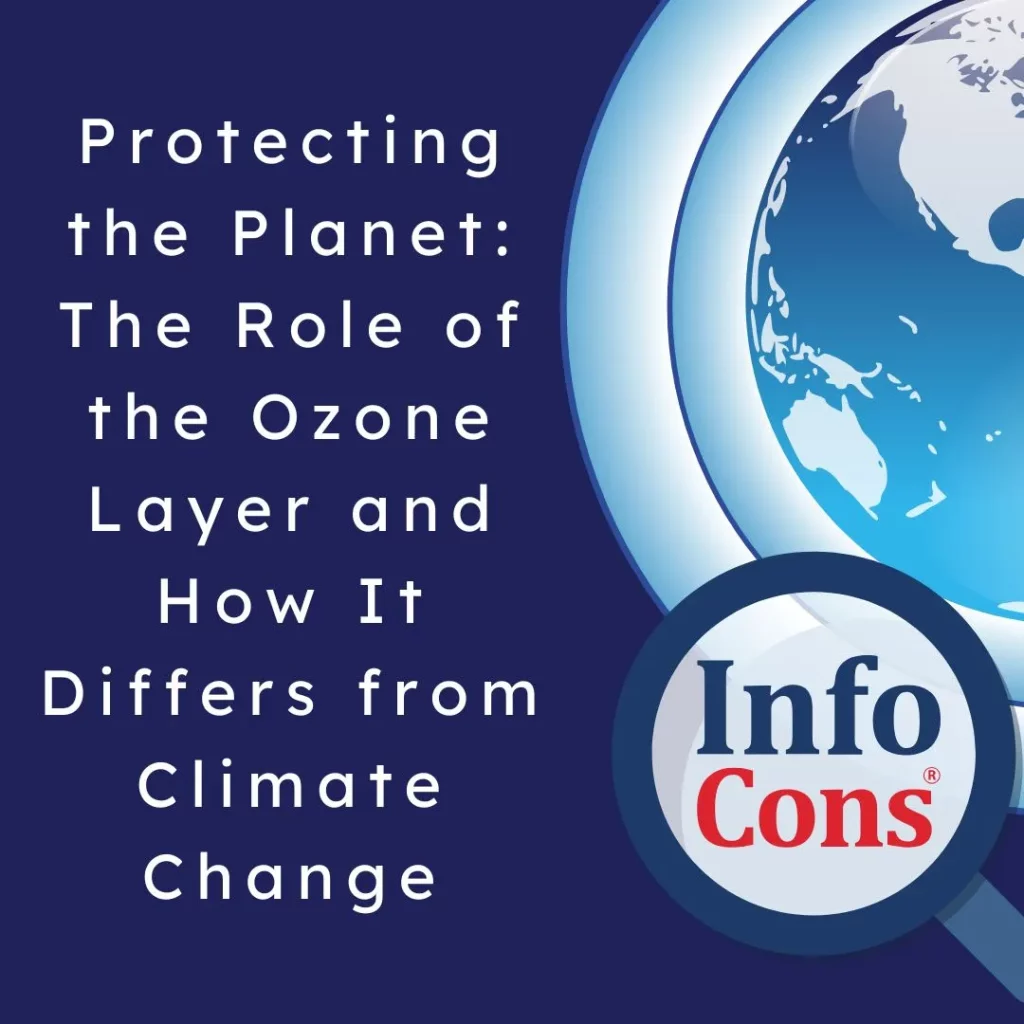
When scientists discovered that certain human-made chemicals, specifically those found in refrigerators and aerosol sprays, were damaging the ozone layer, the international community responded quickly to address the problem. The result was the Montreal Protocol, a landmark agreement designed to gradually eliminate the use of ozone-depleting substances, particularly chlorofluorocarbons (CFCs). Thanks to this global commitment, the ozone layer is on a path to full recovery by the middle of this century. The European Union has played a key role in these efforts, actively supporting measures to protect the ozone layer.
Read also : Did You Know … E-Waste is Piling Up as Digital Technology Expands ?
While the thinning ozone layer did not cause global warming, the restrictions on ozone-depleting substances have had a positive impact on climate change, as many of these chemicals also function as potent greenhouse gases. However, the phase-out of CFCs brought about a new challenge. Many industries shifted to using fluorinated gases, or F-gases, which, while harmless to the ozone layer, are powerful greenhouse gases in their own right. Recognizing this, all 198 countries under the Montreal Protocol have now committed to reducing the use of F-gases as well.
Read also : EUIPO and the European Commission have launched intellectual property training for influencers
The European Union has once again taken the lead in setting ambitious goals, aiming to cut its F-gas emissions by two-thirds by 2030 from 2014 levels. In 2022, the European Commission proposed even stricter measures to regulate these gases, reinforcing the EU’s commitment to achieving climate neutrality by 2050.
Source : Our planet, our future – European Commission
InfoCons – European Organization for Consumer Protection and Promotion of Programs and Strategies , a full member of the World Organization Consumers International , founding member of the Federation of Consumer Associations , and member of ANEC .